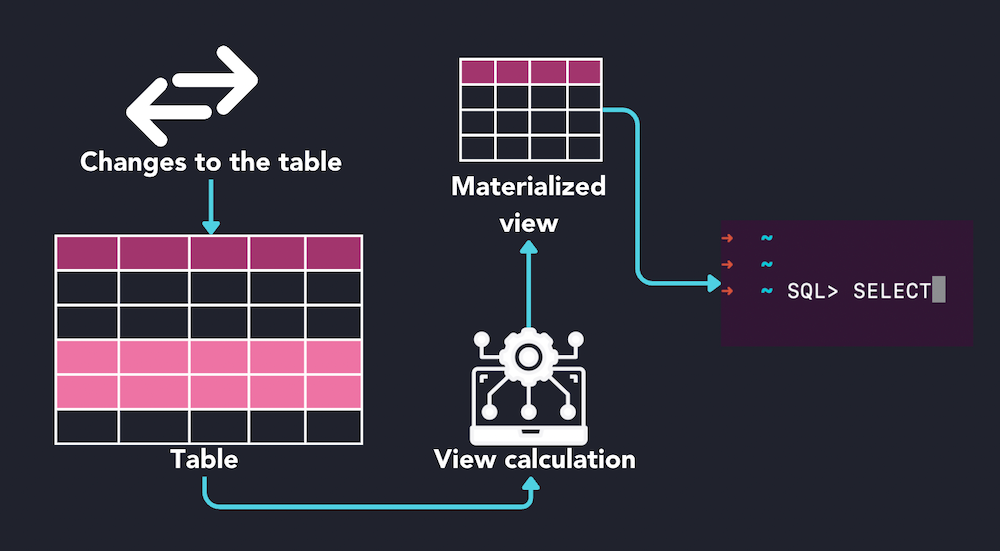Unleash the Speed Demon Within Your PostgreSQL Database with Materialized Views

PostgreSQL Materialized Views: Unveiling the Speed Demon Within
Ever get tired of those complex queries slowing down your PostgreSQL database? Enter materialized views, your secret weapon for blazing-fast data retrieval! As a database enthusiast, you might be familiar with views – virtual tables that simplify complex queries. But materialized views take things a step further. Let’s dive into this performance powerhouse!
1. Materialized Views: The Gist
Imagine a materialized view as a pre-calculated result set of a complex query. Unlike regular views that act as a window into underlying tables, materialized views store their data physically on disk, just like a normal table. This stored data becomes your golden ticket to faster queries!
2. When to Unleash the Speed Demon
Materialized views shine when you have:
- Repetitive complex queries: If you find yourself running the same data-crunching query repeatedly, a materialized view can save the day. Pre-compute the results and enjoy lightning-fast retrieval!
- Data Warehousing: Data warehouses often involve complex aggregations and joins. Materialized views pre-process this data, making analytical queries significantly faster.
- Reporting Dashboards: Dashboards rely on fetching the same set of data frequently. Materialized views ensure those reports load in a blink.
3. Building Your Materialized View
PostgreSQL offers the CREATE MATERIALIZED VIEW statement to bring your speed demon to life. Here’s a basic example:
CREATE MATERIALIZED VIEW product_sales_summary AS
SELECT product_id, SUM(quantity) AS total_sold
FROM orders;This view pre-computes the total quantity sold for each product in the orders table. Now, querying for sales information becomes a breeze:
SELECT * FROM product_sales_summary;4. Keeping Your Speed Demon Up-to-Date (REFRESH)
Since the materialized view is a separate entity, it might become outdated if the underlying tables change. To keep things fresh, use the REFRESH MATERIALIZED VIEW statement. This forces the view to re-run the original query and update its data.
Pro Tip: Schedule regular refreshes to ensure your materialized view reflects the latest data.
5. Materialized Views: A Balancing Act
While materialized views offer incredible speed, there’s a trade-off. They require additional storage space for the pre-computed data. Additionally, keeping them synchronized with the underlying tables adds some overhead. So, use materialized views judiciously – for frequently used complex queries that justify the storage and maintenance costs.
By understanding materialized views, you’ve unlocked a powerful tool in your PostgreSQL arsenal. Use them strategically to optimize query performance and keep your database running at peak speed!